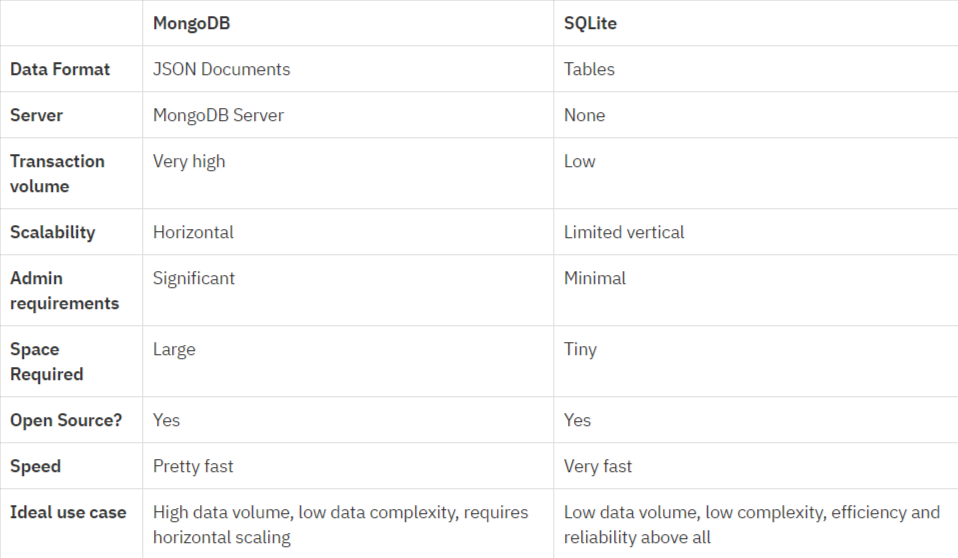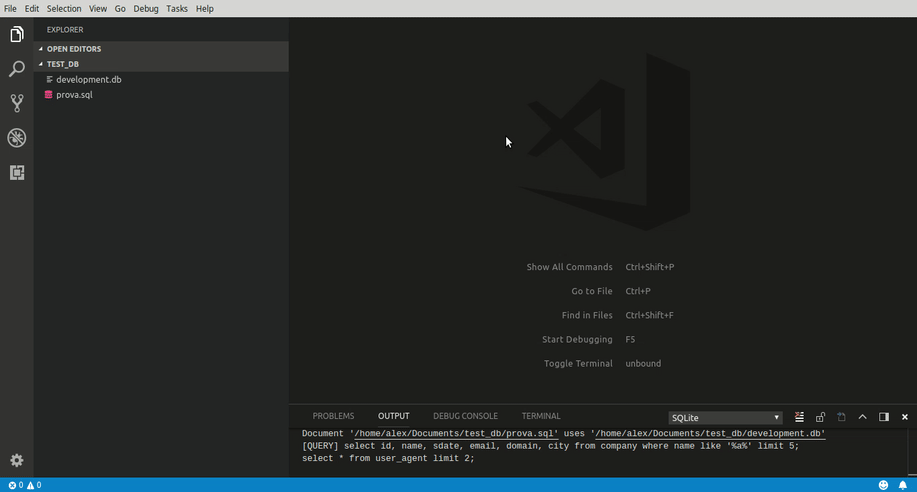

Matches our manually constructed SELECT statement The output shows the actual SQL query sent to the database it R show_query ( head ( surveys, n = 10 ) ) Let’s check how many rows there are in total using However, some functions don’t work quite as expected. Tables plots and species which we will join Head() command shows us the first 10 rows. Regular ame: The table has 9 columns and the This output of the head command looks just like a Using both the dplyr’s verb syntax and the If you need theseįunctionalities, you will need to use additional R packages (e.g., SELECT SQL statements, but it doesn’t modify the database That provides documentation and best practices to work on databaseįocuses on retrieving and analyzing datasets by generating Supports connecting to the widely-used open source databases sqlite, mysql and postgresql, as well as Google’sĪlso be extended to other database types (a vignette Package you used in the previous chapter, in conjunction with dbplyr Most commonĭatabase types have R packages that allow you to connect to them (e.g., R can connect to almost any existing database type.
#Sqlite vs sql download
You can query them without having to download the

Connecting to the databaseĪllows you to retrieve only the chunks needed for the currentĮven better, many large datasets are already available in public or R and organizing it in a database is helpful. But what about datasets that are too large for yourĬomputer to handle as a whole? In this case, storing the data outside of So far, we have dealt with small datasets that easily fit into yourĬomputer’s memory.


 0 kommentar(er)
0 kommentar(er)
